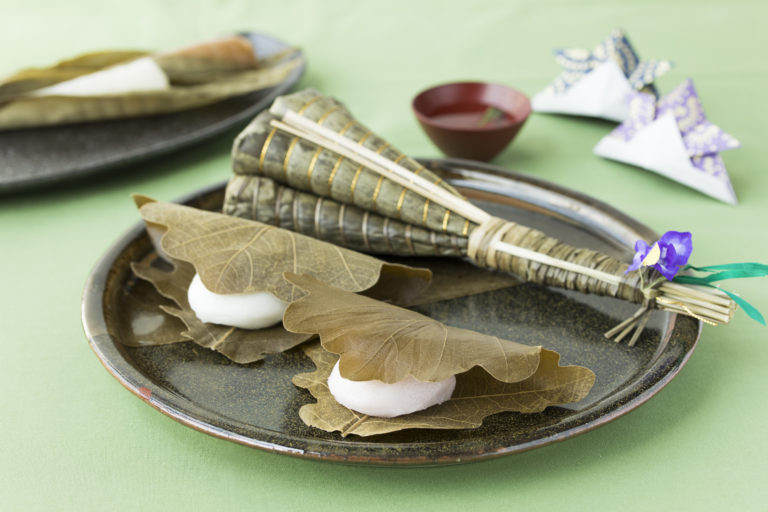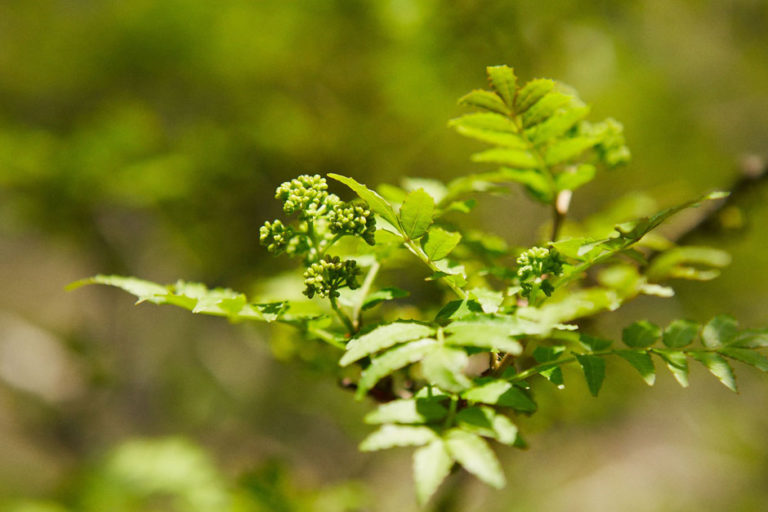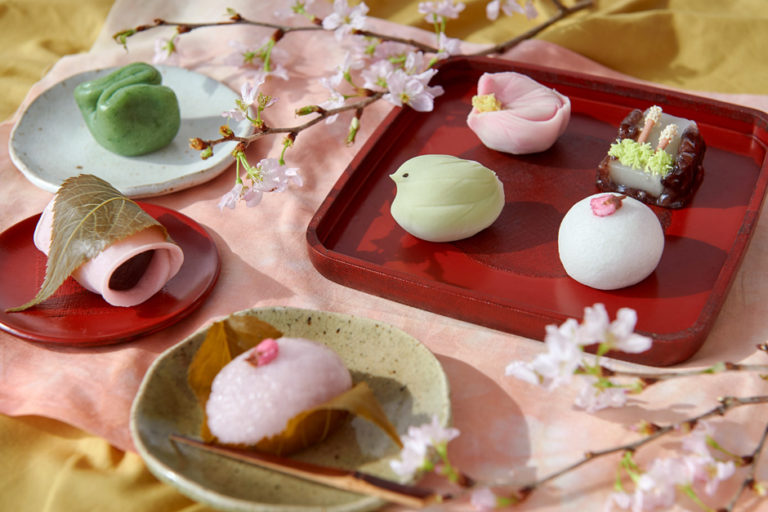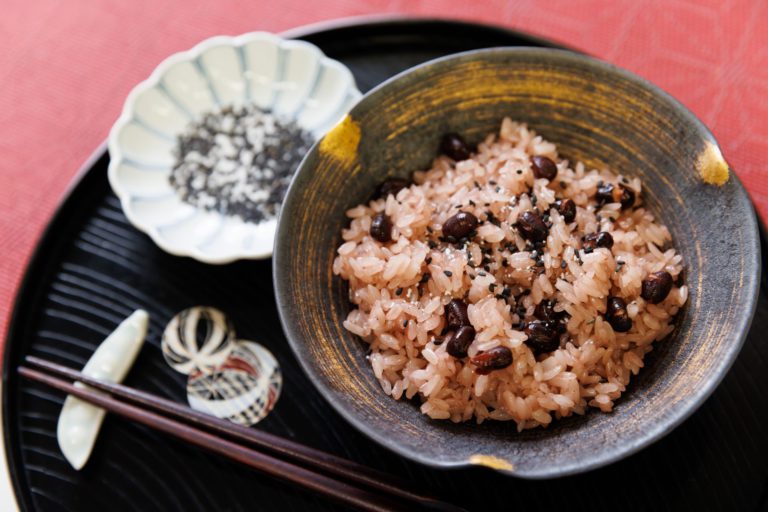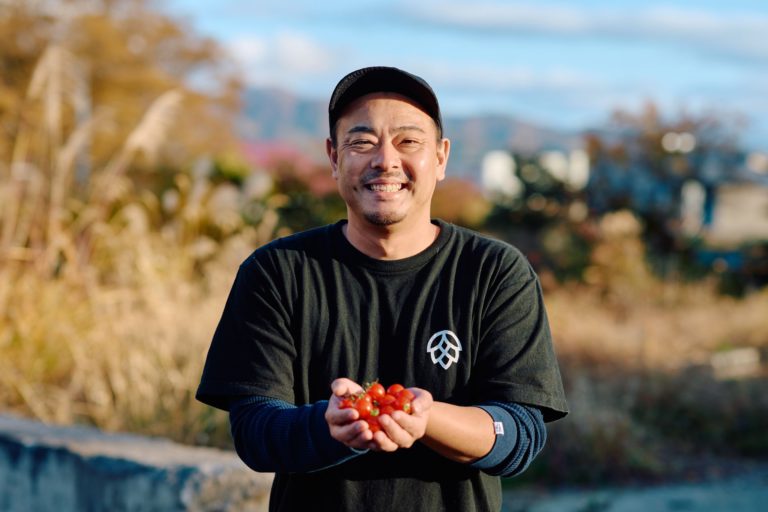Blessed by Strong Vitality: Yomogi, Japan’s Ancient Herb
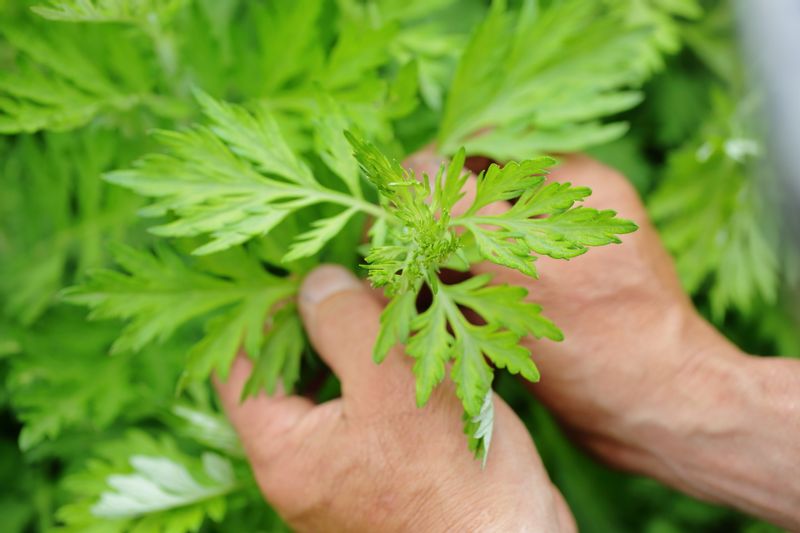
The Most Familiar Herb, Invaluable in Traditional Customs
Known as the “Queen of Herbs,” yomogi not only offers a fresh, vibrant scent but also serves as a versatile plant used in beauty and medicine. It has long been believed to possess spiritual powers, such as warding off evil and bringing good fortune. In Japan, the custom of eating kusa mochi—rice cakes kneaded with yomogi—on May 5th for the Tango no Sekku festival still lives on today. Even though it’s a familiar sight growing along roadsides, this mysterious plant holds lots of power.
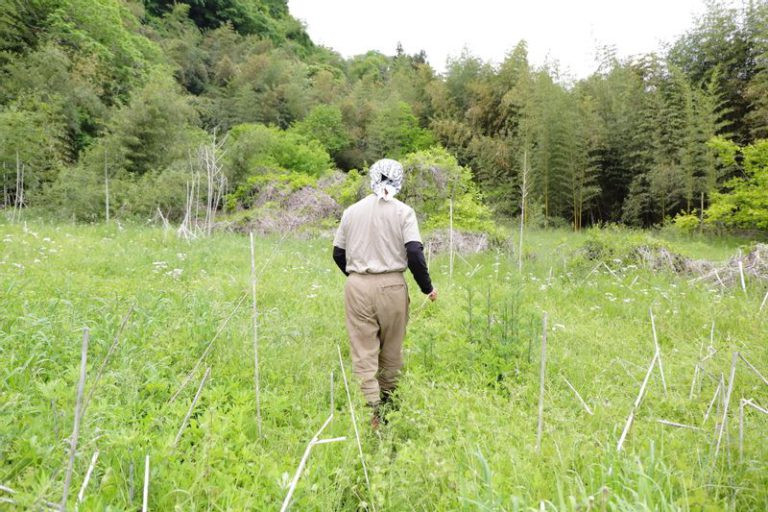
Sudo Farm in Sagamihara, Kanagawa Prefecture, is a school for those interested in self-sufficient living and natural farming. From spring to early summer is the peak season when yomogi is brimming with the energy of new growth. Accompanied by the farm’s owner, Akira Sudo, we arrived at a grassy field in the countryside where yomogi and other wild plants grew freely. Tiny crickets and ladybugs could be seen scurrying about, too.
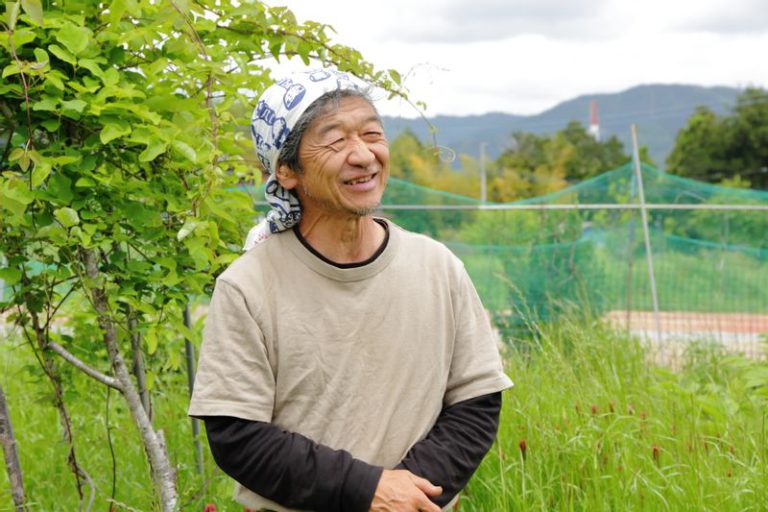
“Natural farming is farming that makes use of the ecosystem. If you try to grow only yomogi in a single field, pests and disease will show up, but when other wild plants grow alongside it, a delicate balance is maintained. Yomogi is so vigorous that it’s often unwelcome in cities, but in the plant world, it’s known as a ‘pioneer plant’—a species that marks a new beginning. Even if the land is stripped bare, yomogi is often the first to grow, covering the ground with its leaves. That creates an environment where other plants and creatures can thrive, enriching the soil. In that way, it plays a vital role in jump-starting the natural cycle. I think that powerful vitality is the true source of its strength.”
Best Before Early May: Enjoying the Vitality of Fresh Sprouts
Yomogi is a perennial plant in the Asteraceae family. After sprouting in spring, it grows rapidly. Its ability to thrive even in rough, barren soil comes from its underground stems, or rhizomes, which spread out beneath the surface. These rhizomes store nutrients which increase the number of new shoots produced.
“Even if the above-ground parts wither in winter, the plant comes back in spring thanks to its rhizomes. Since it doesn’t grow from a seed, it’s stronger than many other plants.”
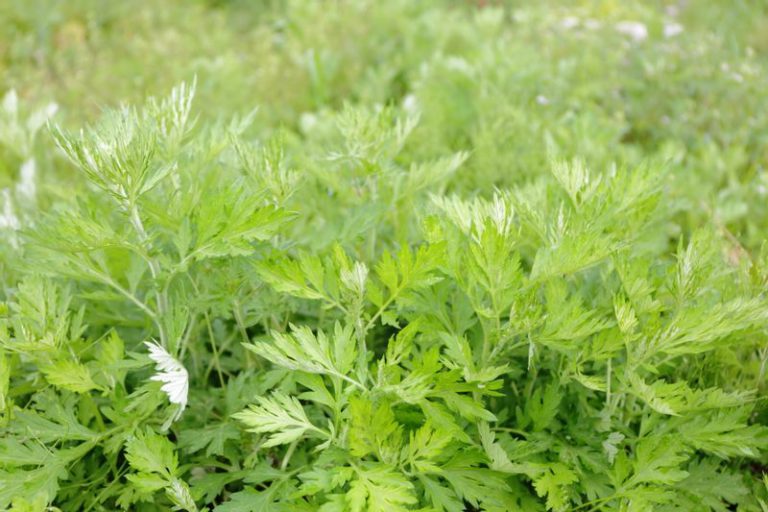
Yomogi peaks in early May. After that, the leaves become tougher, and once the plant starts flowering, it redirects its energy toward blooming, which weakens both its aroma and beneficial compounds. For eating, the best time to pick yomogi is from late April to early May, when the tender new shoots are just starting to grow. According to Mr. Sudo, young leaves don’t even need to be parboiled. Tearing off a small piece and chewing it releases a deep, sharp, green flavor reminiscent of garland chrysanthemum.

“The tips of the plant are actively growing right now, with vigorous cell division and enzyme activity taking place. This is when the flavor is best and the plant is brimming with vitality, making it the perfect time to harness the power of yomogi through food. Harvesting yomogi is fun, too, so I encourage people to try it. But please don’t eat any you find growing along the roadside, as they may have been exposed to herbicides. Here at our farm, we hold a yomogi-picking event every year in late April.”
Bringing the Flavor and Healing Power of Yomogi into Daily Life
Yomogi is said to have a wide range of benefits—it can stop bleeding and promote wound healing, has anti-inflammatory properties, improves circulation, supports detoxification, and is rich in antioxidants, making it good for the skin as well. In Okinawa, it’s known as fuuchibaa and traditionally added to rice porridge when someone is feeling unwell.
When eating yomogi, young shoots are best, as mentioned earlier. If you’re making tempura, there’s no need to remove any bitterness. However, when using it raw in something like a smoothie, its components can be quite strong and may upset the stomach for some people.
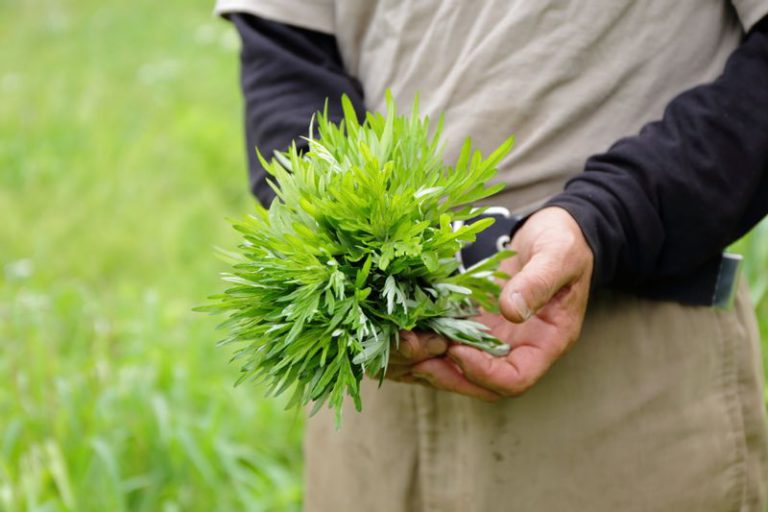
“If you overdo the bitterness removal, you end up losing a lot of the flavor and beneficial components. That’s why I recommend blanching young leaves for just a moment—and ideally, eating the whole thing,” says Sudo. “If you puree the boiled yomogi in a blender to make a paste, it’s easier to use and can be stored in the freezer. Of course, it’s great for kusa mochi, but you can also knead it into bread or noodles to enjoy in different ways.”
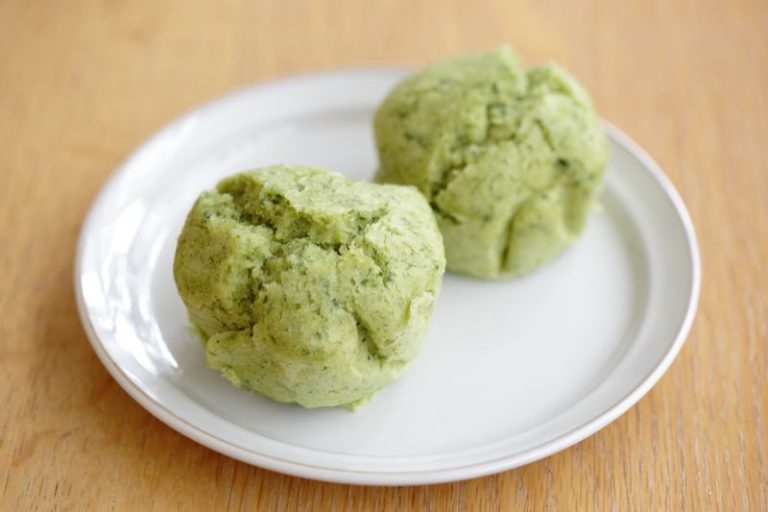
Yomogi also has a warming effect on the body, so drinking a decoction or using it for a footbath can really make you feel toasty. If you simmer it in cold-pressed sesame oil for about 30 minutes, you get yomogi oil, which is said to help heal cuts. And even the overgrown leaves can be used for plant dyeing—there are so many ways to bring yomogi into your daily life.
“When people in Japan hear the word ‘herb,’ they often picture some rare plant from overseas. But the truth is, we have an amazing herb growing right nearby. Precisely because it grows everywhere, yomogi has long been woven into daily life here in Japan.”
Yomogi has long been part of daily life in Japan. Why not start incorporating its power into yours today?
Yomogi from Sagamihara
Peak Season
Late April to early May
Tips
Freshly sprouted young leaves with a soft texture and vibrant green color
How to enjoy them
Young leaves can be made into tempura without boiling off the bitterness. Mash into a paste for freezing, then mix into kusa mochi, bread, or noodles.

